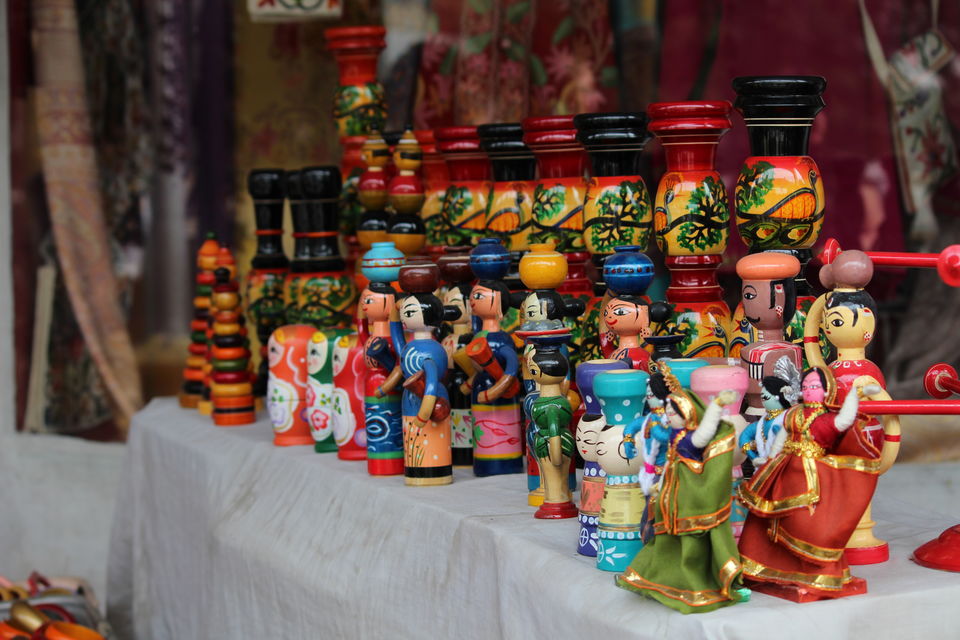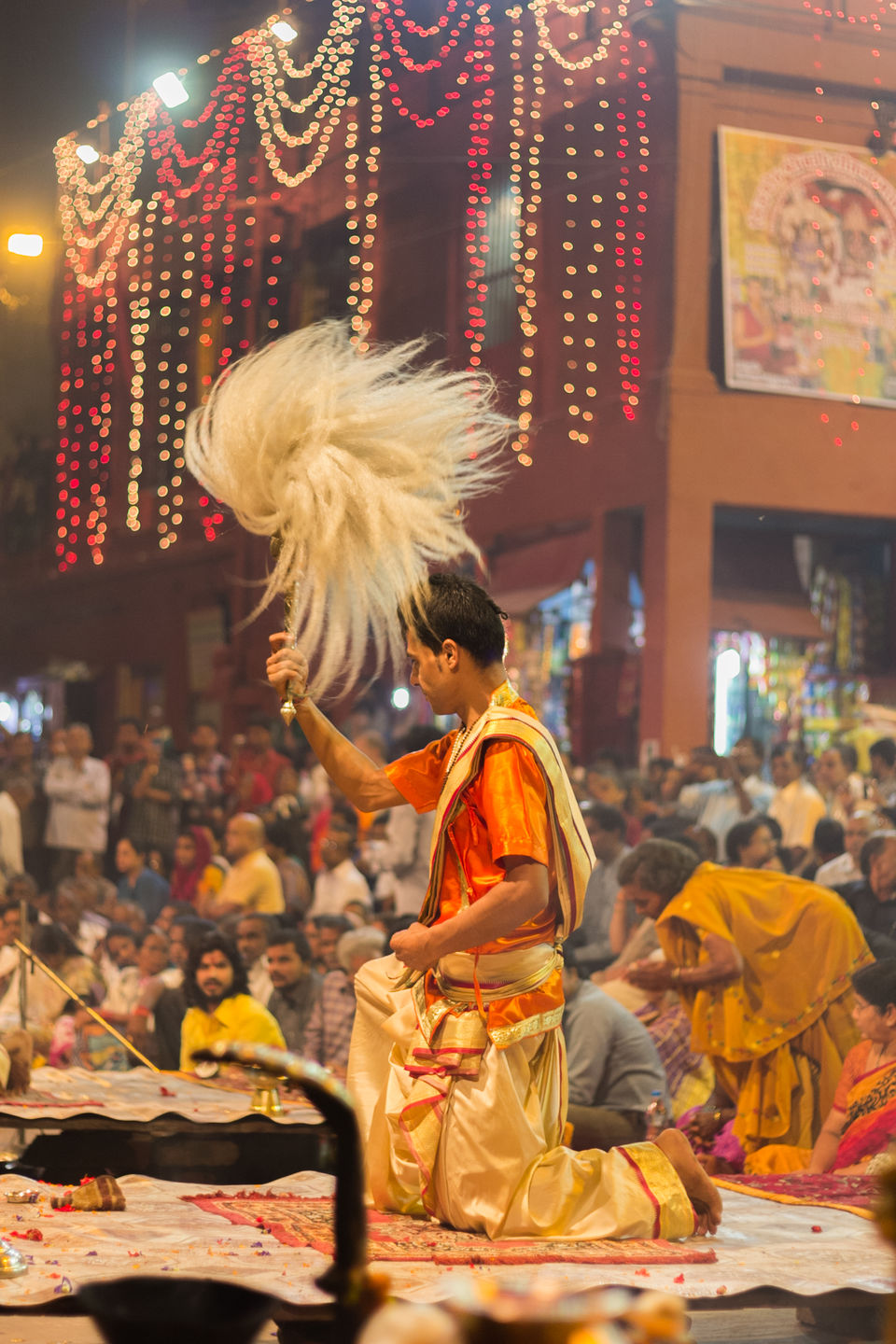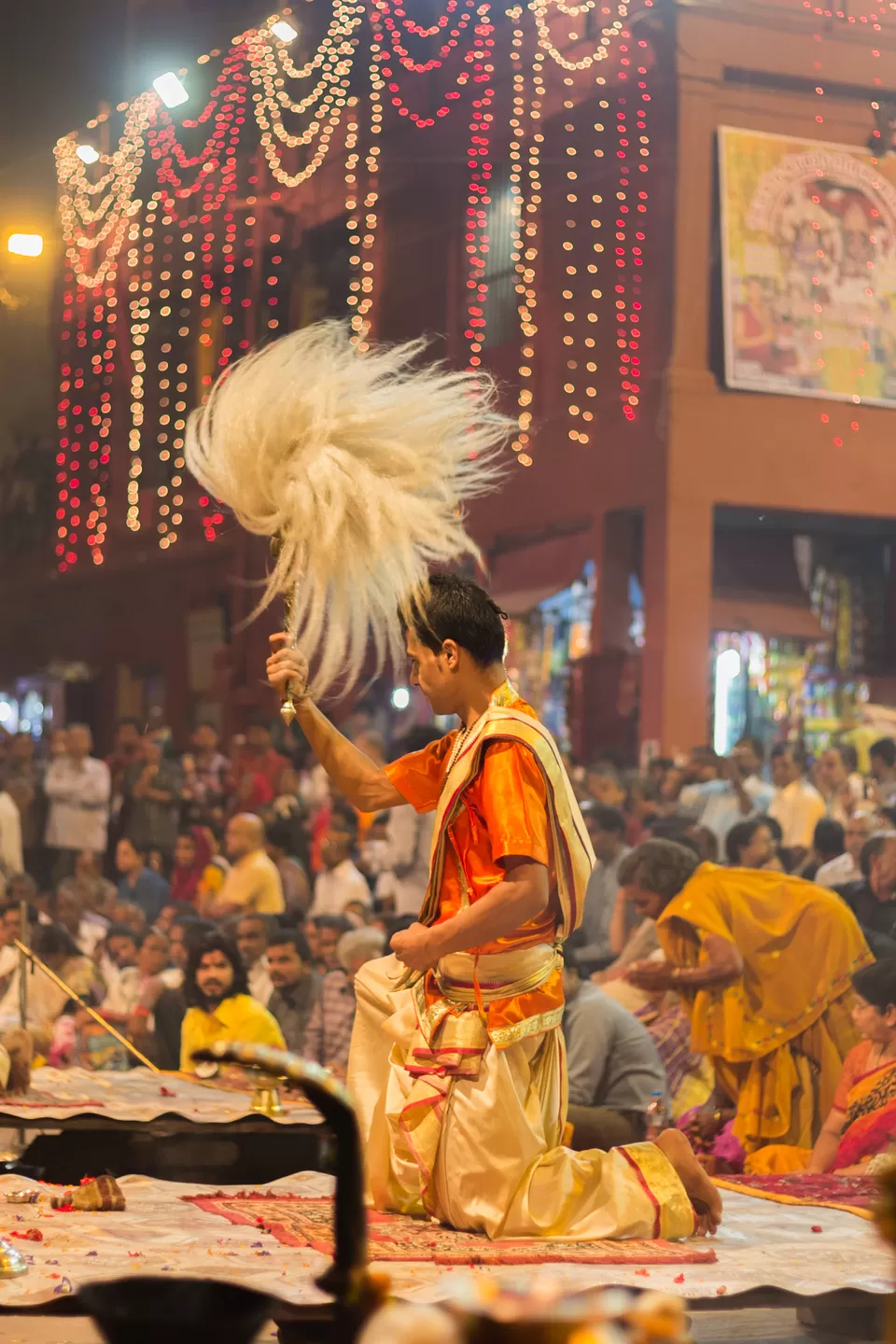






Banaras is one of the favorite destinations, not only for those who seek peace and serenity or those who visit for sacred reasons, but also for Photographers. A true heaven for travel Photographers, with loads of stories to share. We have a travel story shared to us by Ashwini Kapoor, with some powerful images captured in and around Banaras Ghats by him.
Ghats in Varanasi or Banaras are riverfront steps leading to the banks of River Ganga. This city has nearly 100 ghats.Most of the ghats are bathing and puja ceremony ghats, while a few are used exclusively as cremation sites, namely Mankarnika Ghat, Harishchandra Ghat.
The famous and oldest ghats of all these are the Dashashwamegha, the Manikarnika and the Harishchandra Ghat. Some of the ghats are made there by Hindu rulers such as Ahilya Bai Holkar of Malwa region, Peshwa’s of Gwalior, Man Singh of Amber, Jai Singh of Jaipur etc. Some of the famous personlities of Benaras have named the ghats on their own name. Munshi Ghat is after Hindi poet the Munshi Premchand, Tulsi ghat is after Hindu poet the Tulsidas who has written Ramcharitmanas. Many ghats are associated with the legends in Varanasi like the former Kashi Naresh owns Shivala or Kali ghat.
Most of the ghats were made at the time of Maratha. Marathas, Holkars, Bhonsles, Shindes (Scindias), and Peshwes (Peshwas) has been as patrons of present-day Varanasi.
Dashashwamedh Ghat is located close to Vishwanath Temple, and is probably the most spectacular ghat. Hundreds of people gather here to view the famous Ganga aarti everyday twice, in morning and evening.
In Hindu traditions, cremation is one of the rites of passage and the Ghats of Varanasi are considered one of the auspicious locations for this ritual.At the time of the cremation or “last rites,” a “Puja” (prayer) is performed. Hymns and mantras are recited during cremation to mark the ritual. The Manikarnika and Harishchandra Ghats are dedicated to the cremation ritual. Annually, less than 2 in 1000 people who die in India, or 25,000 to 30,000 bodies are cremated on various Varanasi Ghats; about an average of 80 per day. This practice has become controversial for the pollution it causes to the river.In 1980s, the Government of India funded a Clean Ganga initiative, to address cremation and other sources of pollution along the Ghats of Varanasi. In many cases, the cremation is done elsewhere and only the ashes are dispersed into the river near these Ghats.
Photographers would find this place as a heaven, to capture the essence of real street life, still life and some of the most candid moments of people. Life close to the banks of river ganga ( Ghats ) is beautiful in its own way. From chanting mantras, sadhus, aghoris, you would find everything here. Photography on ghats can be done either by walking or one can hire a boat and can get a panoramic view of the Ghats. You would have an option to travel on to the other bank of river Ganges, which is full of sand, sun, horses, etc. I would suggest this place to everyone visiting India.



